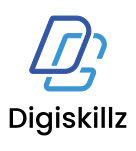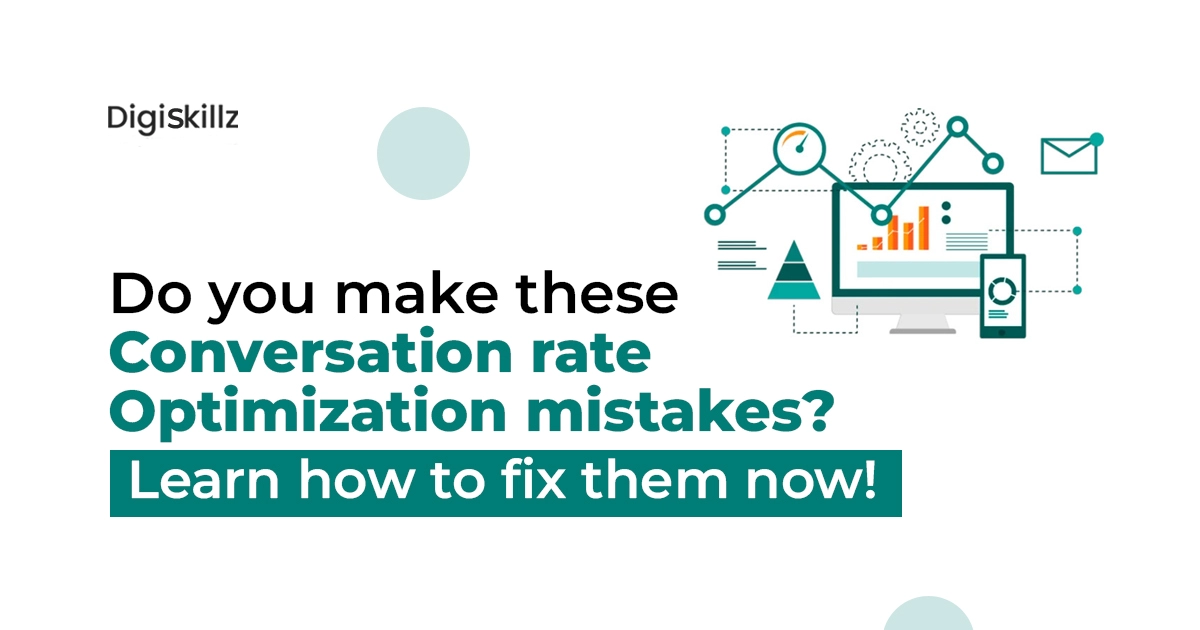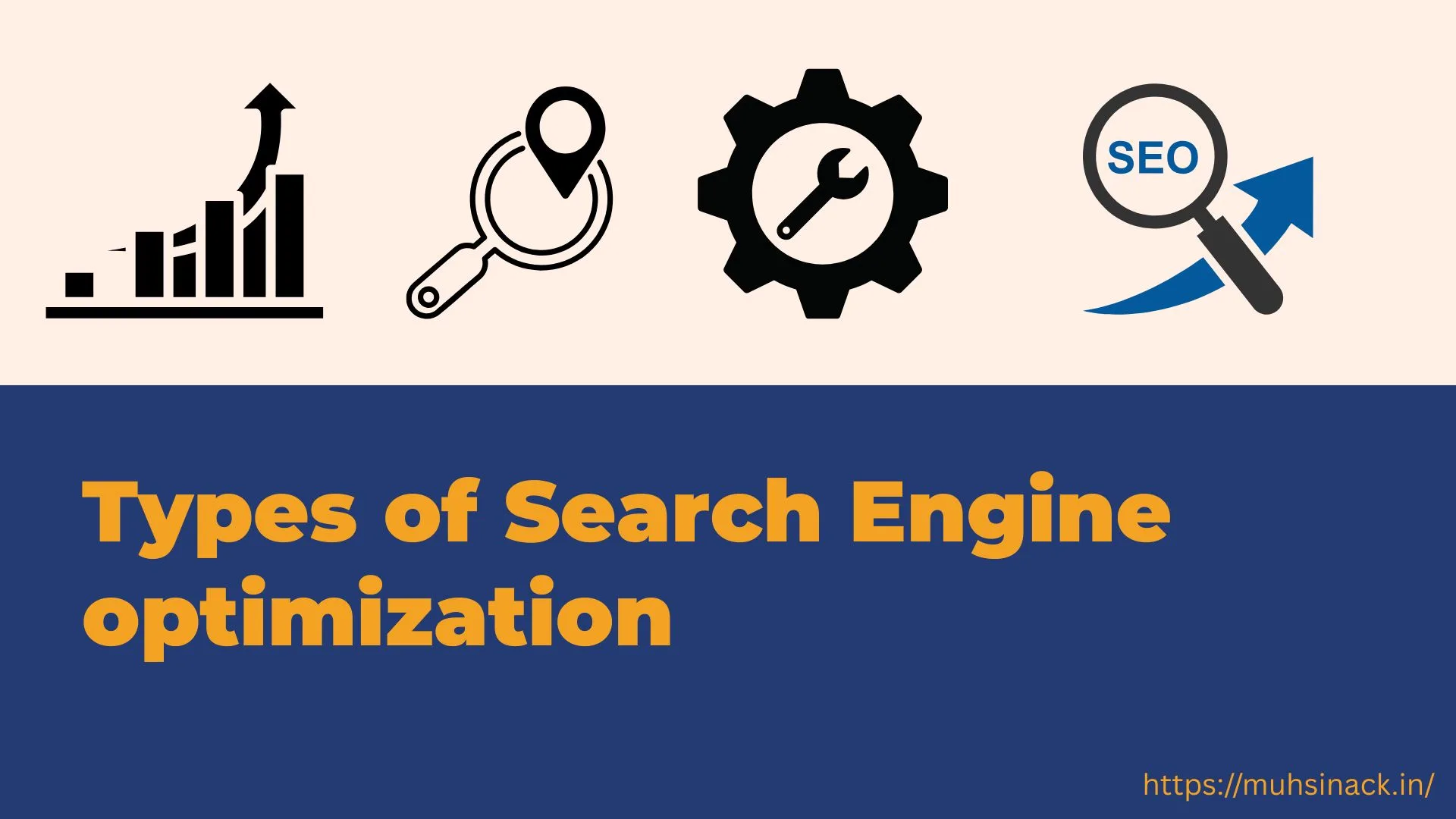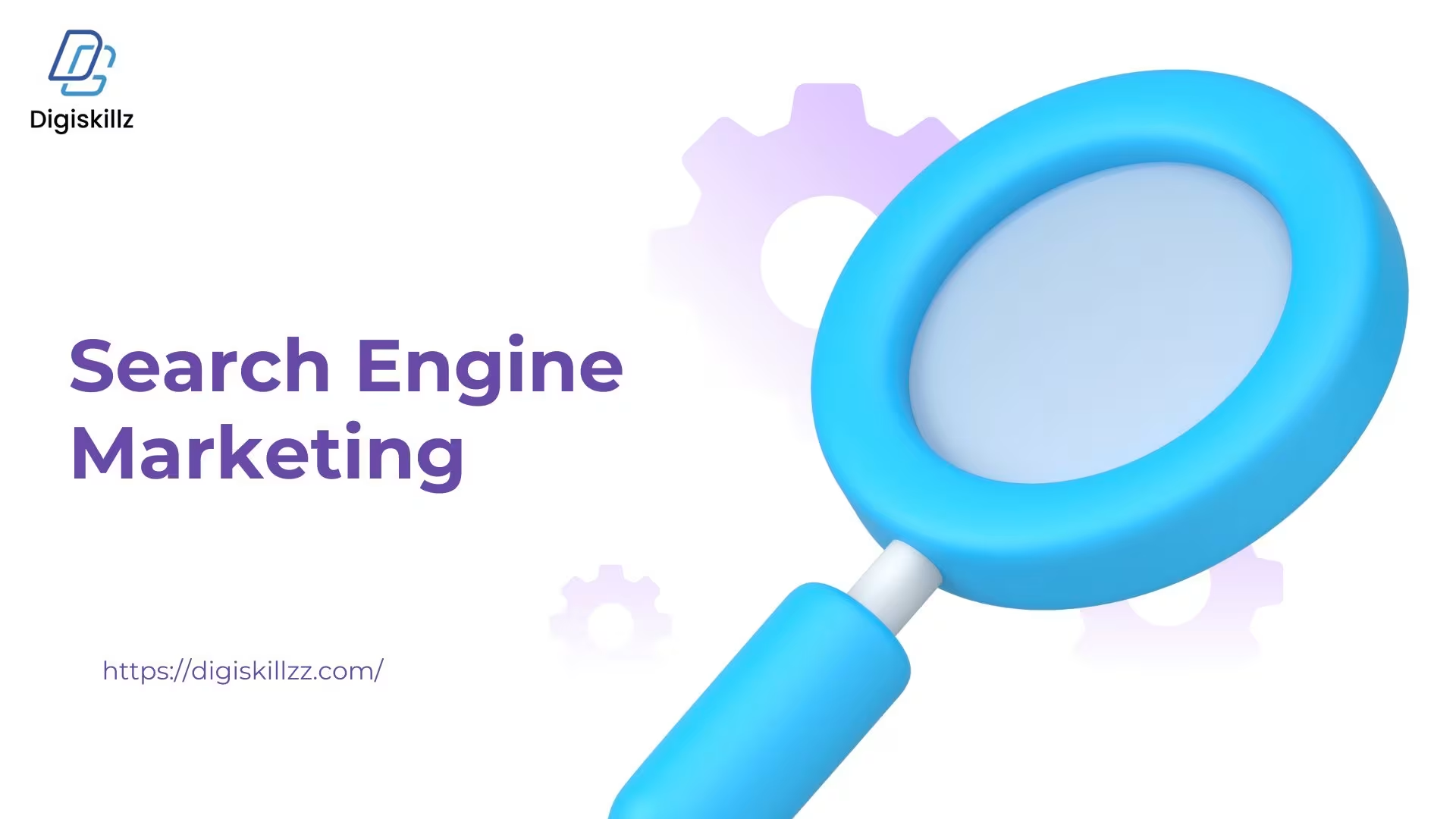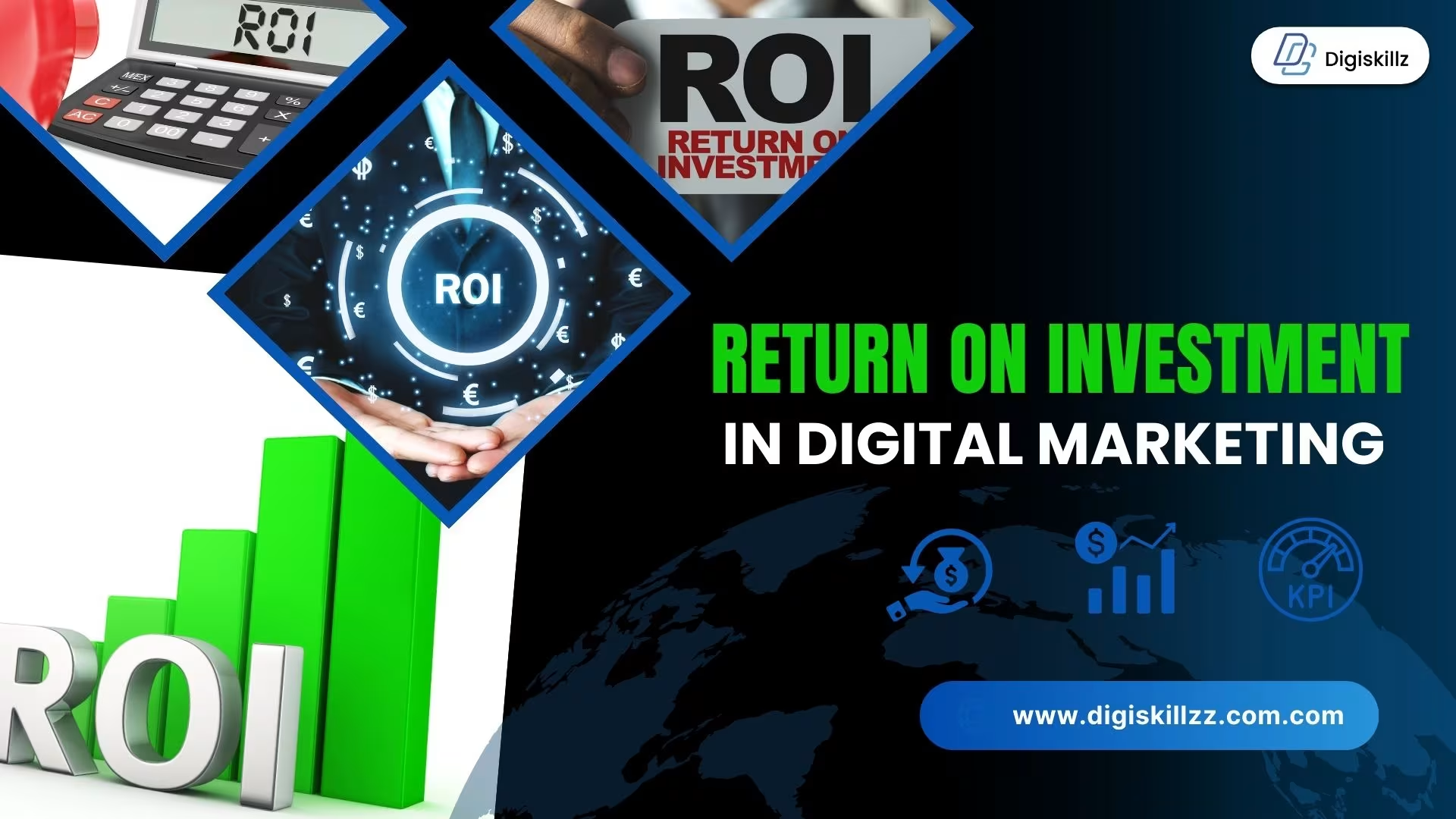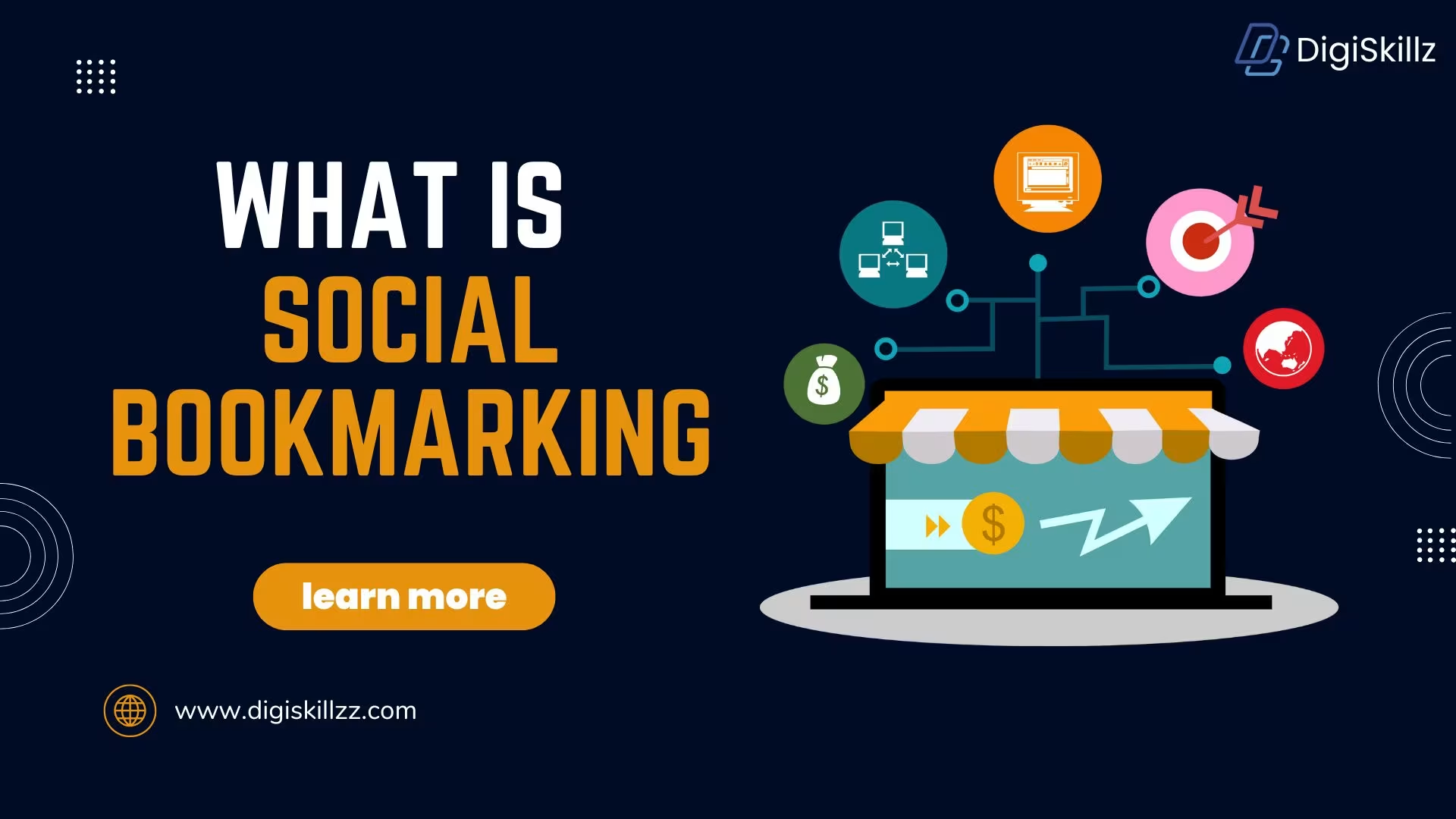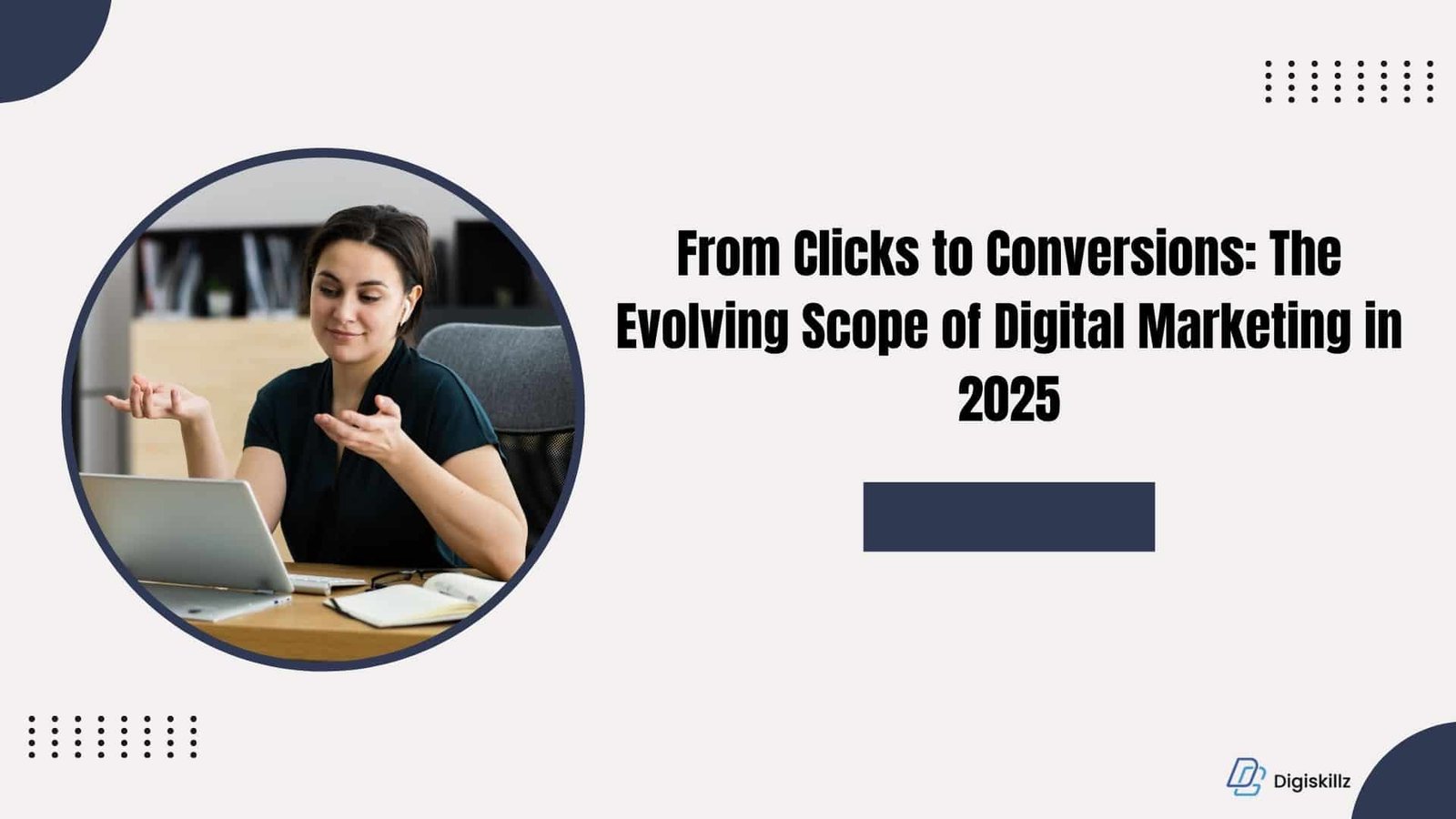Are you struggling to get the most out of your website visitors? You’re not alone. Many businesses make common conversion rate optimization mistakes that hinder their success. In this blog post, we will explore what conversion rate optimization (CRO) is and its benefits. We’ll break down 8 ways to make more people do what you want on your website. We’ll also talk about helpful tools to put your plans into action.So, are you ready to improve your website? Let’s go!
Table of Contents
What Is conversion rate optimization?
conversion rate optimization (CRO) is the practice of enhancing your website’s performance to convert more visitors into customers. It involves analyzing user behavior and making data-driven changes to optimize conversions. By understanding your audience’s needs and preferences, you can create a user experience that encourages visitors to take specific actions, such as making a purchase or signing up for a newsletter.
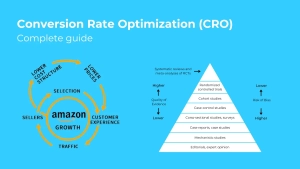
Businesses need to optimize conversion rates.
Boosting your business online? conversion rate optimization (CRO) is the game-changer. Here’s why it’s a big deal:
Know Your Customers Better:
Investing in conversion rate optimization means you get how your customers think and what makes them tick when they check out your website or products.
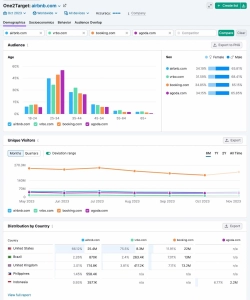
Every business wants to make more money, right? Well, conversion optimization is your buddy here. It means more people buying your stuff, which equals more money in your pocket.
Spend Less on Getting Customers:
Smart conversion rate optimization saves you resources when you’re trying to get new customers. You already know how they behave, so you use fewer resources to get them on board.
Nail Your Ads and Campaigns:
With conversion rate optimization, you get the lowdown on your target audience. That means your ads and campaigns hit the right notes and connect with your audience.
Stay Ahead of the Pack:
More customers mean more sales. This not only boosts your brand but also helps your website climb the ranks, putting you ahead of others in the same business.
Find New Money-Making Ideas:
While tweaking your conversion rates, you might stumble upon new ways to make more money. It’s like finding hidden treasures for your business.
Make Customers Happy:
A better conversion rate optimization means customers feel good when they check out your stuff. That adds up to an awesome overall experience for them.
Benefits of conversion rate optimization
conversion rate optimization offers several advantages for businesses striving to maximize their online success:
Increased Revenue:
By improving the conversion rate, you can generate more sales and revenue without driving additional traffic to your website.
Better Return on Investment (ROI):
CRO allows you to make the most of your existing traffic, maximizing the value of your marketing efforts.
Enhanced User Experience:
Optimizing for conversions involves creating a user-friendly website that delivers relevant content, smooth navigation, and intuitive design.
Valuable Insights:
Through CRO analysis, you gain valuable insights into your customers’ preferences, pain points, and behavior, enabling you to tailor your marketing strategies accordingly.
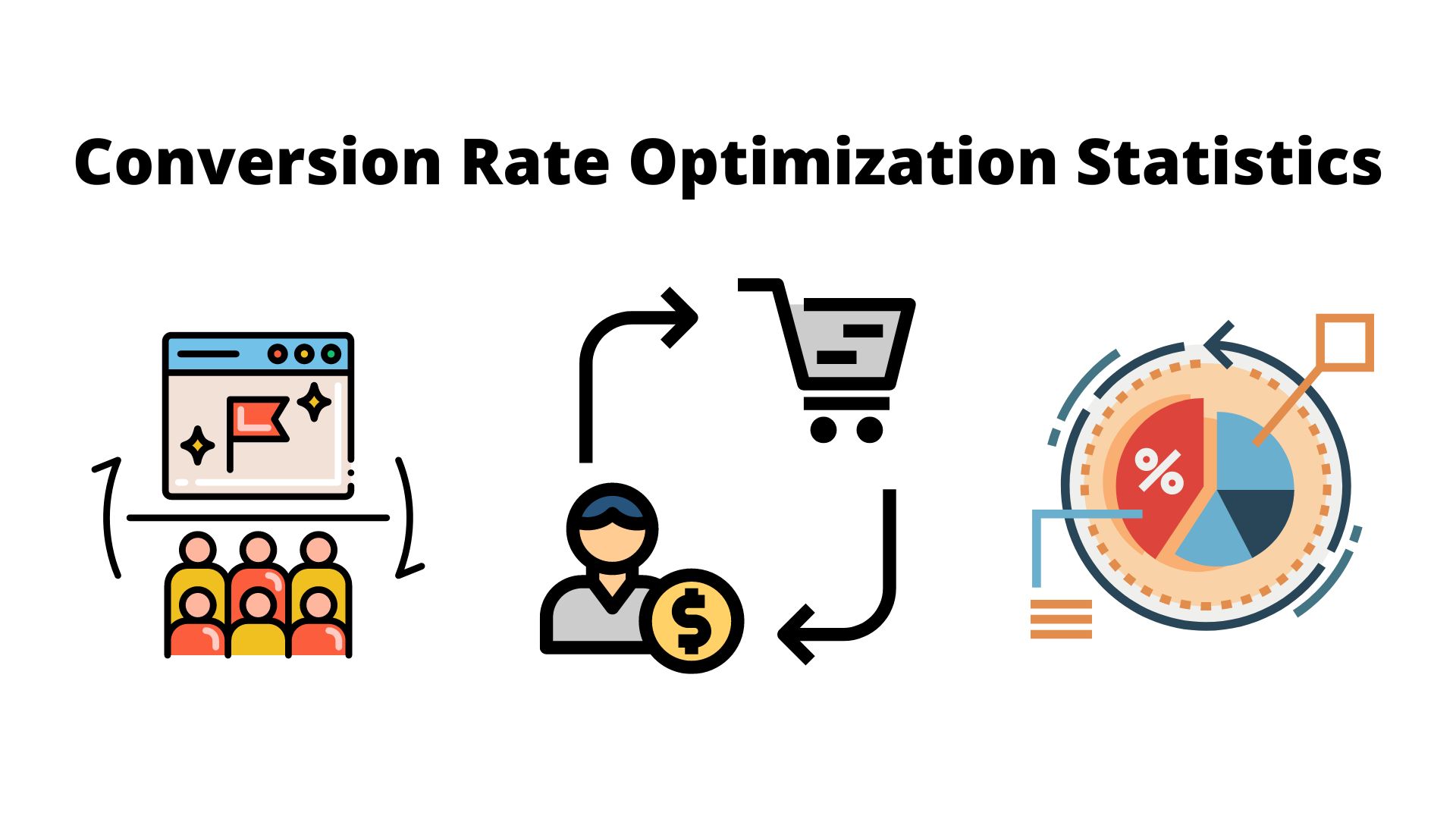
How to calculate the conversion rate
- Your conversion rate is a key metric that shows how effective your website is at turning visitors into customers. It’s calculated by dividing the number of conversions (like purchases or sign-ups) by the total number of visitors, then multiplying by 100.
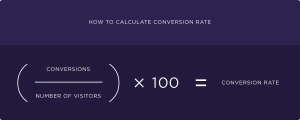
- A higher conversion rate means you’re getting more value out of your website traffic. By understanding and improving your conversion rate, you can increase your sales and achieve your business goals.
Every action you want visitors to take on your site – be it signing up for emails or buying your newest gadget – can be turned into a conversion rate. Just track the number of times that action happens, compare it to the total visits, and boom, you’ve got a percentage score telling you how well your site is “converting” visitors into what you want them to do. Remember to only count visitors who saw the offer, like those who visited the page with the signup form or the “buy now” button.
8 conversion rate Optimization Techniques
To help you improve your website’s conversion rate, here are eight powerful techniques:
Identify and Address Buyer Objections
Put yourself in your customers’ shoes and identify any objections or concerns that may be preventing them from converting. Common objections include high prices, lack of trust, or unclear return policies. Once you identify these objections, address them by providing clear and compelling information that alleviates any doubts.
Optimize Call-to-Action (CTA) Buttons
CTA buttons are crucial for guiding visitors towards conversion. Optimize them by using persuasive language, contrasting colors, and placing them in prominent positions on your website. A well-designed and strategically placed CTA button can greatly impact your conversion rate.
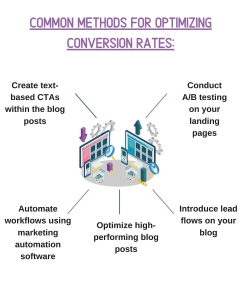
Less Clicking, More Converting: The Magic of Checkout Simplicity
A complex and lengthy checkout process can lead to shopping cart abandonment. Simplify your checkout process by minimizing the number of form fields, offering guest checkout options, and providing clear progress indicators. Make the overall experience as smooth as possible to increase conversions.
How Social Proof Turns Browsers into Buyers
When people see others participating in a certain behavior, they are influenced by that behavior as well. Use social proof to your advantage by displaying positive customer reviews, testimonials, and statistics that demonstrate the popularity and credibility of your product or service. Trust and conversions can be significantly boosted by this.
Impatient Clicks, Happy Sales: Speed Up Your Website Now
Users expect websites to load quickly in today’s fast-paced digital world. User experience and conversion rates are directly impacted by page speed. Take control of your website’s loading speed: Learn how to compress images, minify code, and leverage browser caching for a smooth and seamless experience. This way, you’ll capture and retain impatient visitors.
Personalize User Experience
Tailor your website content and offers based on user behavior, demographics, and past interactions. Personalization creates a sense of relevance and makes visitors more likely to convert. Utilize tools like website analytics and customer segmentation to implement personalized experiences effectively.
A/B Test Landing Pages
A/B testing involves creating two versions of a landing page with slight differences and testing them to see which version performs better. This technique helps you identify elements that resonate with your audience, resulting in better conversion rates. Continuously test and optimize to achieve maximum effectiveness.
Enhance Mobile Optimization
With the rise of smartphone usage, it’s crucial to optimize your website for mobile devices. Ensure your website is responsive, loads quickly on mobile, and provides a seamless browsing experience. Ignoring mobile optimization can lead to significant conversion rate losses.
Conversion Toolbox: Find the Perfect Tools for Success
To effectively implement your conversion rate optimization strategies, you can leverage various tools.
Google Analytics: Offers valuable insights into user behavior, traffic sources, and conversion funnels.
Hotjar: Offers heatmaps, visitor recordings, and user feedback to help you understand how users interact with your website.
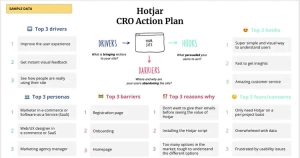
Optimizely: A powerful A/B testing platform that allows you to experiment and optimize different variations of your website.
Crazy Egg: Provides visual analytics like heatmaps and scroll maps to understand how users engage with your web pages.
Unbounce: Allows you to create and test landing pages without the need for coding skills.
Browsers to Buyers: Begin Your Conversion Journey
Now that you have a better understanding of conversion rate optimization, its benefits, and effective techniques, it’s time to apply these strategies to your own website. Remember, continuous improvement is key. Monitor your website’s performance, analyze user behavior, and optimize accordingly. By avoiding common CRO mistakes and implementing proven strategies, you’ll enhance your conversion rates and achieve greater online success.
So, go ahead and start your journey towards conversion rate optimization today!
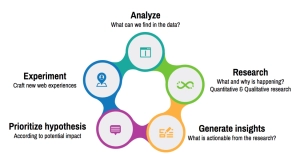
Where to Implement a CRO Strategy
Sure, let’s simplify the content:
Homepage:
Make your homepage work better with simple changes. It’s not just about first impressions; it’s a chance to keep visitors interested and guide them around your site. Add links to product info, a free signup button, or a friendly chatbot to help visitors.
Improving Your Pricing Page:
Your pricing page can make or break a visitor’s decision. Use easy tricks to turn visitors into customers. Try changing how you show prices (like per month or per year), explain what each price includes, add a phone number for price quotes, or use a quick pop-up form. Look at Hotjar—they got 400 new leads in three weeks just by adding a simple email sign-up pop-up on their pricing page.
Making Checkout Easier:
The checkout part is super important for getting people to buy. Make it simple, with fewer steps and easy forms. Add trust signs like badges or customer reviews to make people feel safe and more likely to buy.
Getting More Clicks with Buttons:
Put your “click here” buttons in the right places to get more people to do what you want. Try different colors, sizes, and words to see what works best. Use phrases like “limited time” or “act now” to make people want to click.
Blog
A blog is a significant opportunity for boosting conversions on a website. Apart from sharing valuable industry insights, a blog can leverage conversion rate optimization (CRO) to turn readers into potential leads. This involves strategically placing prompts, known as calls-to-action (CTA), within articles or encouraging readers to delve deeper into a topic by sharing their email address in exchange for an ebook or industry report.
Landing Pages:
Landing pages are crafted to prompt specific actions, making them the signup forms with the highest average conversion rate at 23%. For instance, an event landing page can be enhanced with a video showcasing last year’s event to inspire visitors to register for this year. Similarly, a landing page offering a free resource can be optimized by providing a sneak peek of the content to motivate visitors to download it.
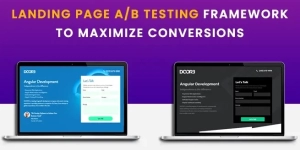
As you explore these conversion optimization opportunities, you might be pondering when is the right time for your business to embark on this process.
Conclusion
avoiding common conversion rate optimization mistakes is pivotal for online success. By addressing issues such as neglecting user experience and failing to leverage data effectively, businesses can unlock their full potential. Embracing a proactive approach to optimization ensures continuous improvement and higher conversion rates. So, seize the opportunity to fix these mistakes and propel your business towards greater growth and profitability.
